Why ‘Batch Code’ is going to be the most important beauty term you learn this year.
by BR Natalie
 I did something unusual a couple of weeks ago.
I did something unusual a couple of weeks ago.
I shopped beauty outlet stores. Usually my cheap products come from the clearance section of official stockists, Farmers Red Dot, that sort of thing; otherwise I shop smart during sales and specials.
I don't know why but I get the heebies from super cheap pop up sales and online clearance stores. They always felt like the place makeup goes to die. But I threw caution to the wind and acquired quite the haul in just one week - $250 later I had over 20 new products to play with.
And yet, in the words of a shopped-out Vivian in Pretty Woman. It was a big mistake. BIG. Huge.
You see, later that same week after buying my bargains, I discovered Batch Codes.
What you need to know about the cosmetic life span.
The shelf life of an unopened cosmetic is not an easy thing to pinpoint. Consensus seems to be a product stored correctly, should remain stable for 3 years. It’s important to remember, any product is only considered in premium condition (regardless of how old it is) if it has been stored and transported correctly. Imported and clearance products have gone from warehouse to store and back again at least once, often they’ve travelled the globe. Whether the storage conditions are stringently monitored cannot verified. Changes in temperature, being shaken and stirred, exposure to light - these things impact the formula and quality of a product. (One BB cream I received frozen solid, when I first opened it – and that was just a journey from Auckland to Canterbury!)
stored correctly, should remain stable for 3 years. It’s important to remember, any product is only considered in premium condition (regardless of how old it is) if it has been stored and transported correctly. Imported and clearance products have gone from warehouse to store and back again at least once, often they’ve travelled the globe. Whether the storage conditions are stringently monitored cannot verified. Changes in temperature, being shaken and stirred, exposure to light - these things impact the formula and quality of a product. (One BB cream I received frozen solid, when I first opened it – and that was just a journey from Auckland to Canterbury!)
The FDA and European standards mandate that products with an expiry of less than 30 months must carry an expiration date, and sunscreen which is classed as a medicinal product, must always display a date of expiry. Here in New Zealand however, sunscreen is classed as a cosmetic, and cosmetics are not required to carry an expiration date. They must however carry a batch code.
Wait, those random numbers mean something?
A batch code gives you the exact date of manufacture. You'll find it printed somewhere on the product, in a different font to the labelling. It's usually 4-8 digits long. Here are some examples:

So - if you know when a product was made, you know it'll be past best (and potentially expired) 3 years after the date of manufacture. And don't forget - 3 years is only a good estimate if the product has been stored and transported correctly, something very hard to verify once a product falls out of the official distribution chain.
There are two main cosmetic batch code databases online – checkcosmetic.net and checkfresh.com. I used both. For most products, the codes were found in both databases, but all codes were found in at least one.
Can you see where this is going? Yeap. My $250 haul has some right old doozies in it. Brace yourself. Because when you see how old my new make-up is, I guarantee you’re going to become obsessed with checking all your own recent purchases – and your future ones.
Haul of Horrors.
 Y'all, I spent $20 on a FIVE year old foundation. One bronzer was TEN YEARS OLD. It was described as 'brand new and fresh' on the website.
Y'all, I spent $20 on a FIVE year old foundation. One bronzer was TEN YEARS OLD. It was described as 'brand new and fresh' on the website.
Mascaras over 3 years old. Liquid bronzer four years old.
Out of the many lipsticks I bought, the youngest was manufactured 5 years ago. A SEVEN year old lip liner.
$25 for a three year old face cream, containing SPF no less. The current equivilent was on special for $30 at Countdown. I checked that batch code in store. Manufactured just six months ago.
A BB Cream with SPF 30 that’s over 3 and a half years old. Is that SPF still good? I dunno, that’s another bloomin’ research rabbit hole I need to dive into. I mean how can a consumer buy with confidence?
80% of the cosmetics I bought were manufactured at least three years ago, 14 of the twenty products were over FOUR years old.
I’ve bought food that was out of date before, and I’ve taken it back. Not because it wasn’t ok to eat, because it probably was - but it wasn't advertised as aged stock that could be considered 'past best'. Neither were these beauty products. We use them on our skin, which absorbs ingredients. We use them near our eyes, which are open to infection. We use them on our lips, meaning we ingest them. If these products were labelled with their date of manufacture listed would the average consumer pay $7-25 for each of them? Would they see them as an incredible bargain, or would they choose to shop elsewhere?
Have you used a batch code checker before? Did the results surprise you? Or is this the first you’ve heard of batch codes? Will you be checking your future beauty purchases? Would knowing a product was ‘old’ impact how you valued it? Would it make it less of a bargain?
Get chatting below!


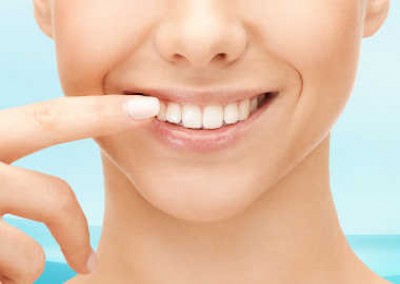



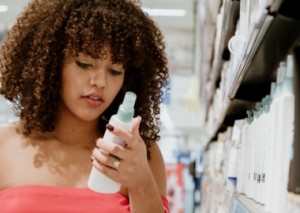
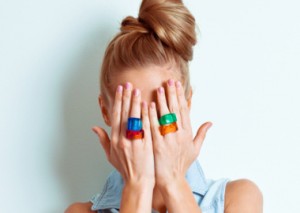
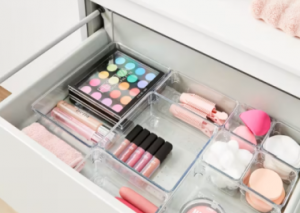
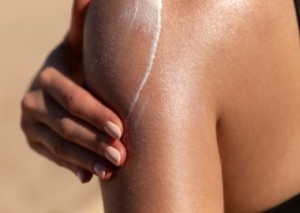

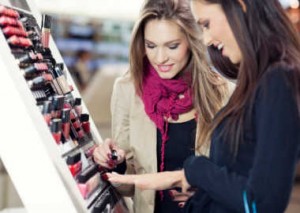

Is there a site to check the barcodes for NZ and Australian brands? Because neither of the common NZ or Australian brands are listed on there or the Korean brands. Would love to check my Evolu and Snowberry products.